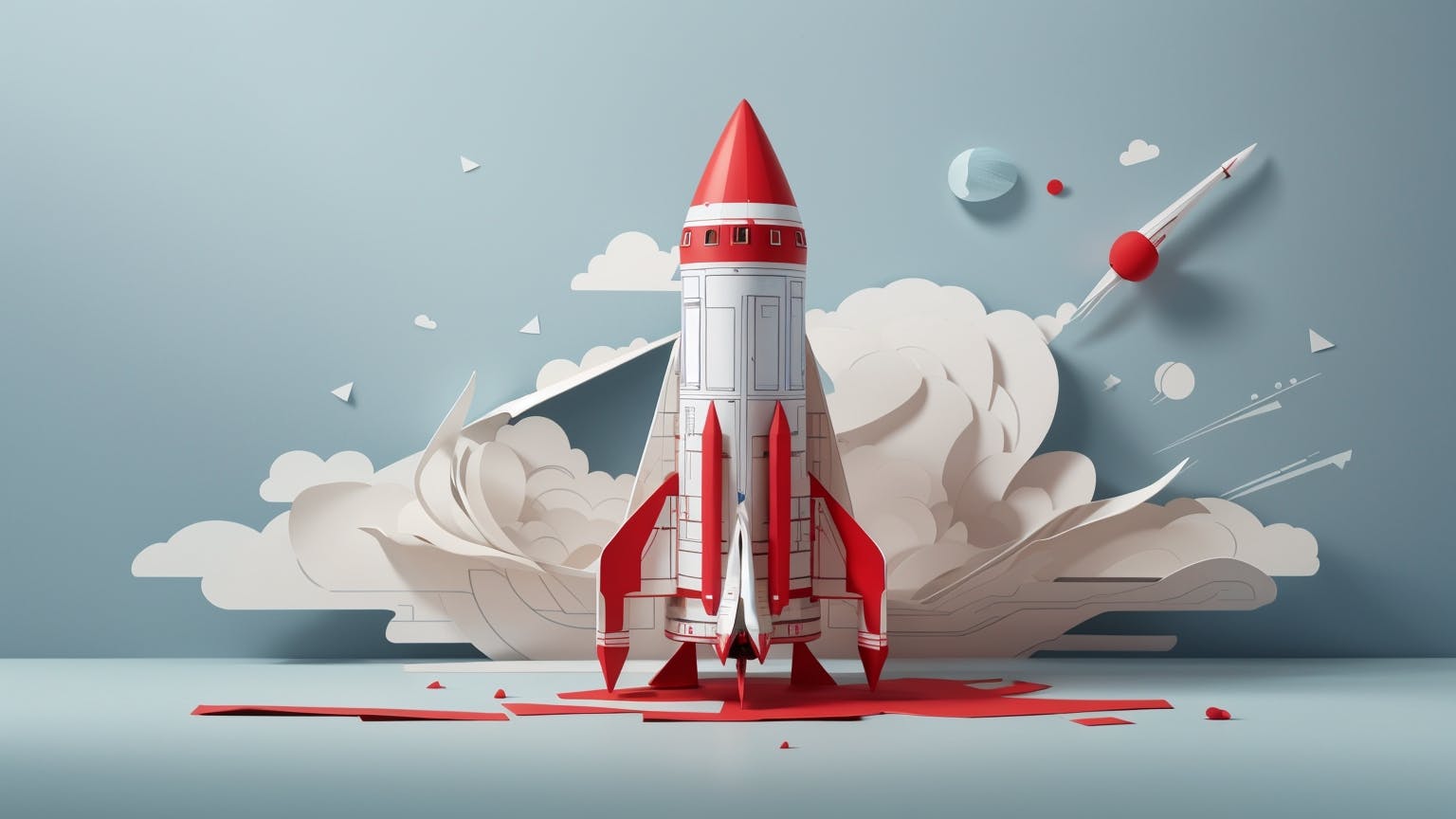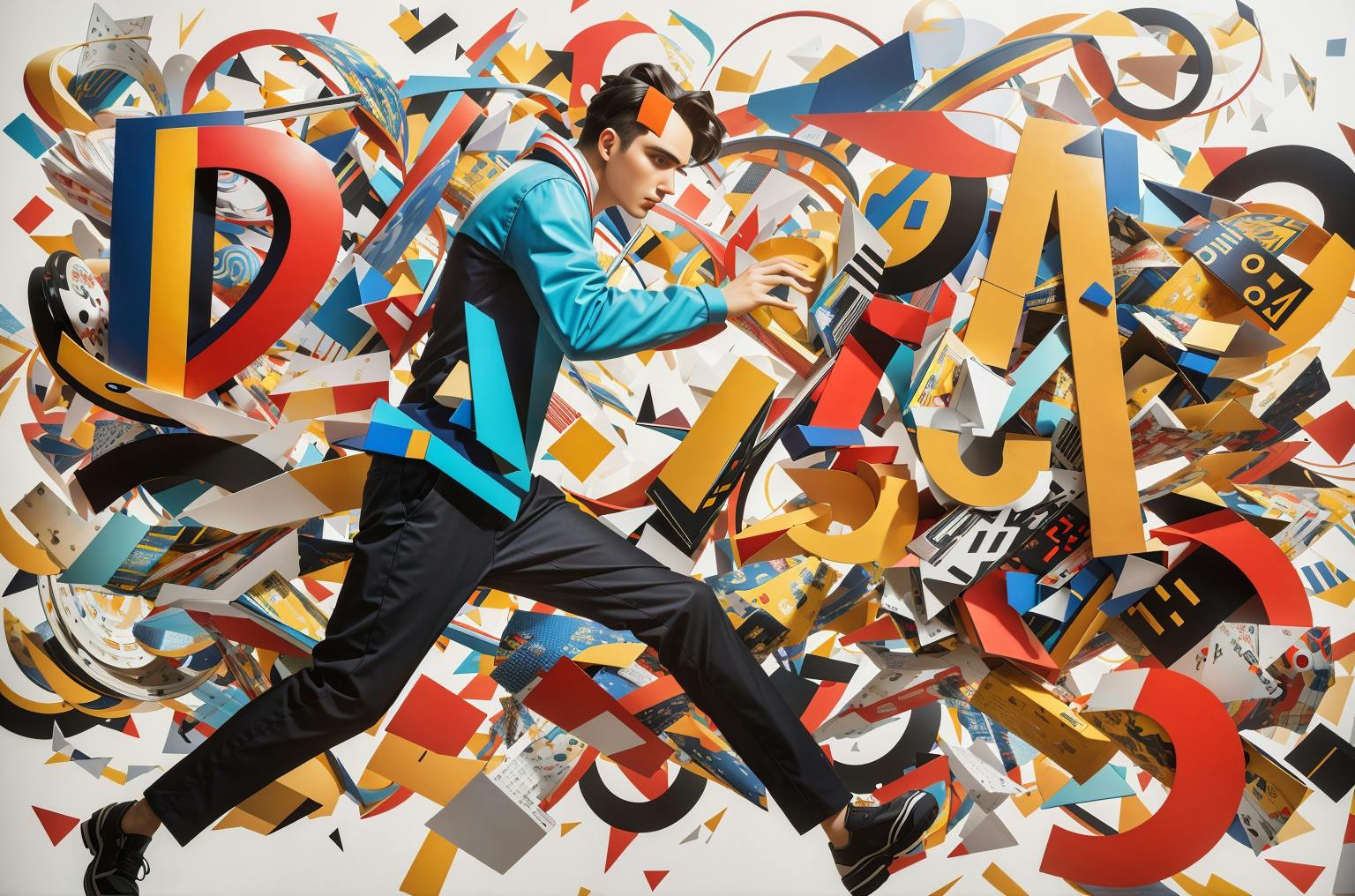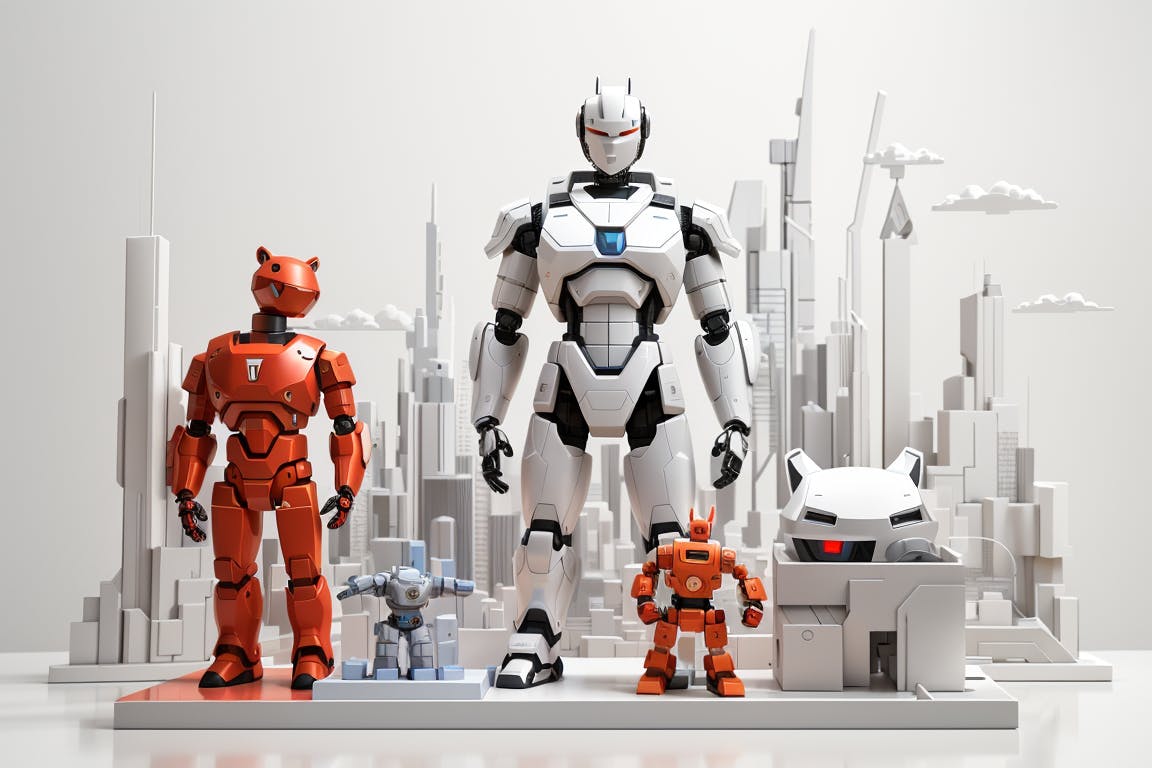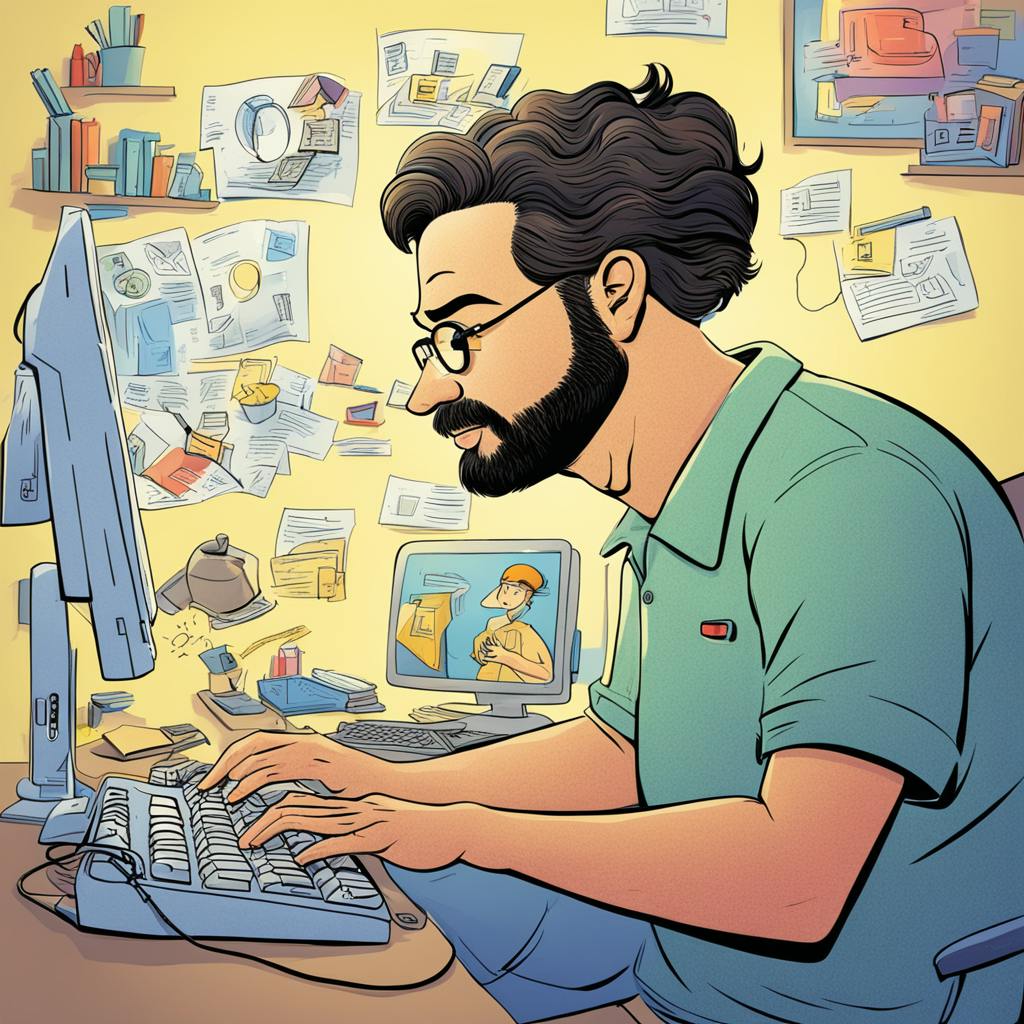Picture this: it’s 1977 and Star Wars explodes onto screens—miniatures, motion-control cameras, and optical compositing spark the birth of modern VFX. In this guide—vfx meaning unveiled the extraordinary world of visual effects—we distill what VFX is, how it evolved, core techniques, landmark case studies, the tools shaping tomorrow, and clear answers to the most-asked questions. (We’ll use “vfx meaning,” “visual effects meaning,” and “visual effects definition” throughout for clarity.)
From Practical Magic to Digital Power: A Short Timeline
Early pioneers laid the groundwork; today’s artists build on it with real-time and AI-assisted pipelines.
- 1933 – King Kong: Large-scale stop-motion and multi-pass optical tricks.
- 1968 – 2001: A Space Odyssey: Practical innovation and in-camera wizardry redefine realism.
- 1977 – Star Wars: Motion control + optical compositing go mainstream.
- 1982 – Tron: Early computer graphics find a cinematic voice.
- 1993 – Jurassic Park: Photoreal CG creatures blend with live action.
- 2009 – Avatar: Performance capture and stereoscopic pipelines mature.
- 2019 – The Mandalorian: LED volume + real-time engines change on-set VFX.
Core Techniques (and Why They Matter)
CGI: The Digital Workhorse
CGI (Computer-generated imagery) builds worlds, creatures, and simulations that would be unsafe, impossible, or too costly to shoot. Today’s pipelines rely on physically based rendering, advanced shaders, and robust simulation (hair, fluids, destruction) to achieve believable light and motion.

Artwork generated with prompt workflow by Dré Labre
Digital Compositing: Seamless Layers, One Image
Compositing merges plates, CG, and elements into a single, cohesive shot. Artists balance keying, roto, color matching, depth/atmospherics, and light wrap so everything sits naturally in the frame. Good comp = invisible comp.
Motion/Performance Capture: Human nuance, Digital body
Sensors or camera arrays record body and facial movement, transferring performance into a digital character. From Gollum to Caesar, mocap preserves micro-expressions that sell emotion.
Case Studies: What Innovation Looks Like
The Mandalorian (2019– ) — Real-Time “Volume” Production
Using massive LED walls driven by a game engine, the team captures in-camera backgrounds with interactive, accurate lighting. Benefits:
- Faster setups and fewer location shoots
- Natural reflections and light on actors/props
- Reduced greenscreen cleanup and post costs
Dune (2021) — Practical + Digital in Harmony
Villeneuve’s team blends large-scale sets and on-location plates with digital environments, sand/atmosphere simulations, and creature work. The result feels tactile, grounded, and epic—proof that the sweet spot is often practical plus digital.
Where VFX Is Heading
- Real-Time & Virtual Production: Game engines for previs, tech-vis, and final pixels; LED volumes for interactive lighting and parallax-correct backgrounds.
- AI-Assisted Workflows: Faster rotoscoping, cleanup, style transfer, and assistive animation; artists focus more on creative choices, less on repetitive tasks.
- Smarter Pipelines: Cloud rendering, procedural tools, and scalable asset libraries reduce turnaround and improve collaboration across studios.
VFX Across the Filmmaking Pipeline
- Pre-Production: Pitch-vis, previs, and virtual location scouting align creative and technical plans early.
- Production: In-camera VFX, real-time comps, and on-set supervision safeguard continuity and integration.
- Post-Production: Final CG, simulations, compositing, and color bring the vision together.

Artwork generated with prompt workflow by Dré Labre
FAQ: Visual Effects, Clearly Explained
What is the visual effects definition (VFX)?
VFX encompasses any imagery created or enhanced outside of a live-action capture—CG creatures, set extensions, matte paintings, simulations, and composites that make the impossible feel real.
What’s the difference between VFX and CGI?
CGI is a subset of VFX—the computer-generated elements (models, environments, simulations). VFX is the bigger umbrella that also includes compositing, on-set supervision, matchmove, matte painting, and more.
How do filmmakers decide between practical effects and digital?
Safety, cost, repeatability, and creative intent. Often the best results come from a hybrid: shoot what you can (for tactile realism), extend and enhance with VFX.
Which tools are common in VFX pipelines?
Game engines (Unreal), DCCs (Maya/Blender/Houdini), texturing (Substance), compositing (Nuke/After Effects), matchmove (3DEqualizer), and color/finishing (Resolve). Studios mix and match based on needs.
How does compositing make shots look “real”?
By matching light, color, grain, lens characteristics, depth of field, and atmosphere—and by integrating subtle interactions (shadows, reflections, occlusion) so every element belongs.
Conclusion: What “VFX Meaning” Really Means Today
From stop-motion to LED volumes, VFX keeps redefining cinematic language—expanding what stories we can tell and how we tell them. In short, vfx meaning unveiled the extraordinary world of visual effects is the story of an art-and-tech partnership that turns imagination into images. As real-time tools, AI assists, and virtual production mature, the next leap won’t just change how movies are made—it will continue to expand the horizons of visual storytelling itself.

